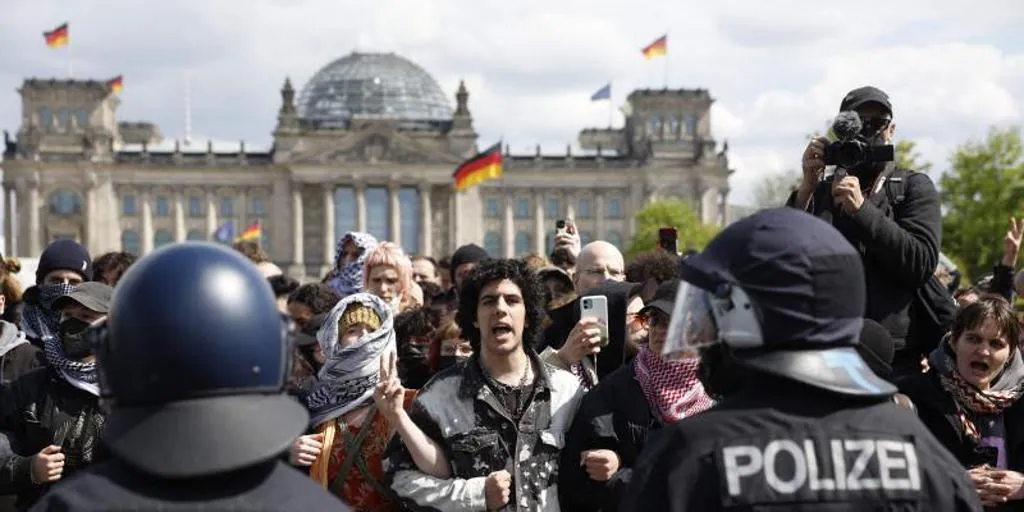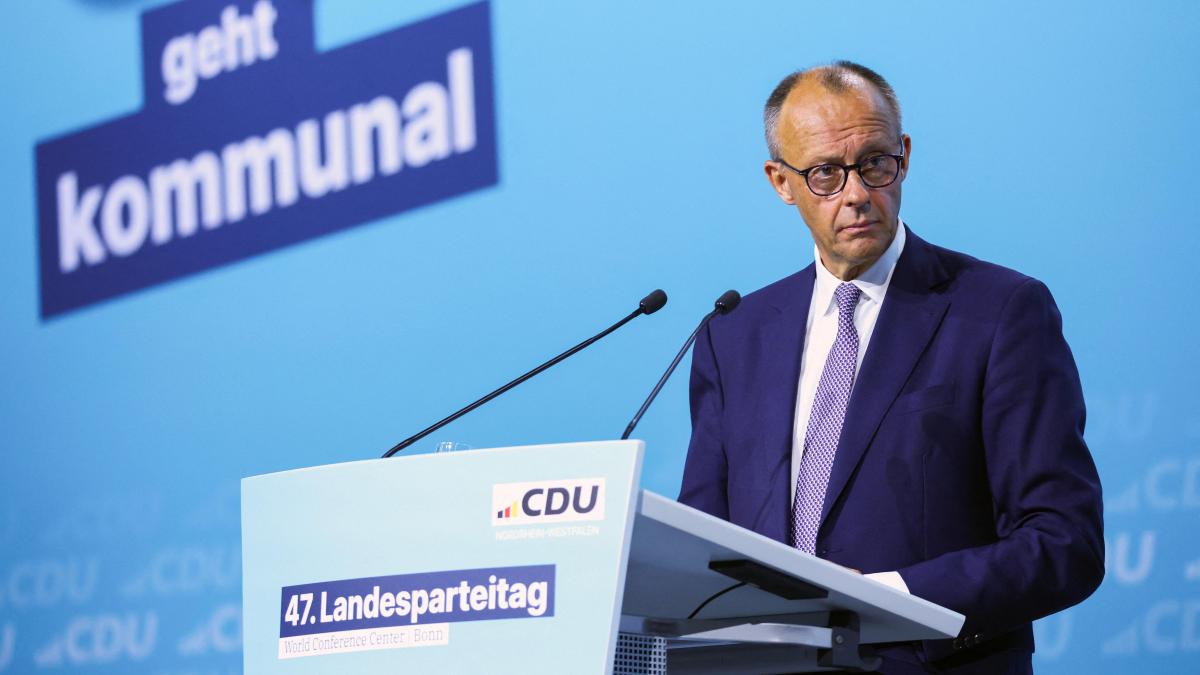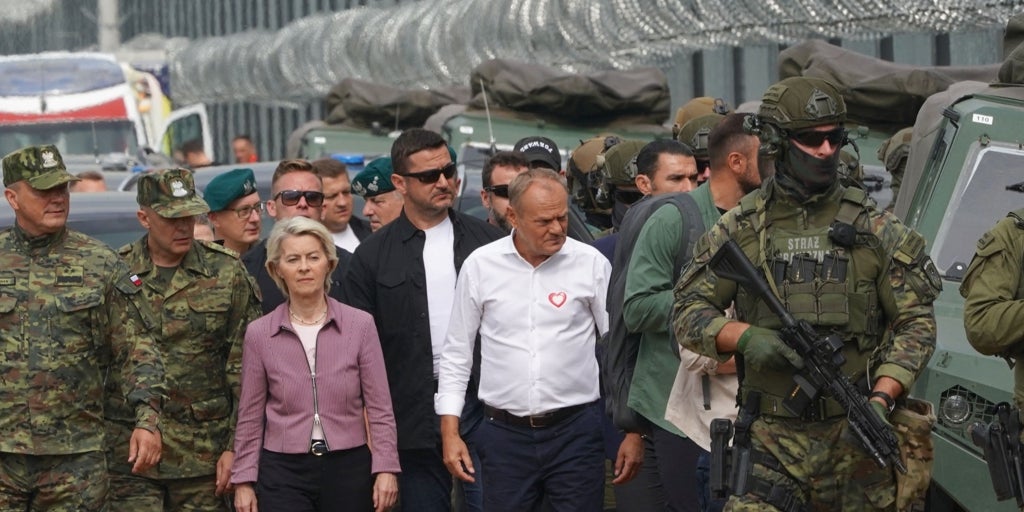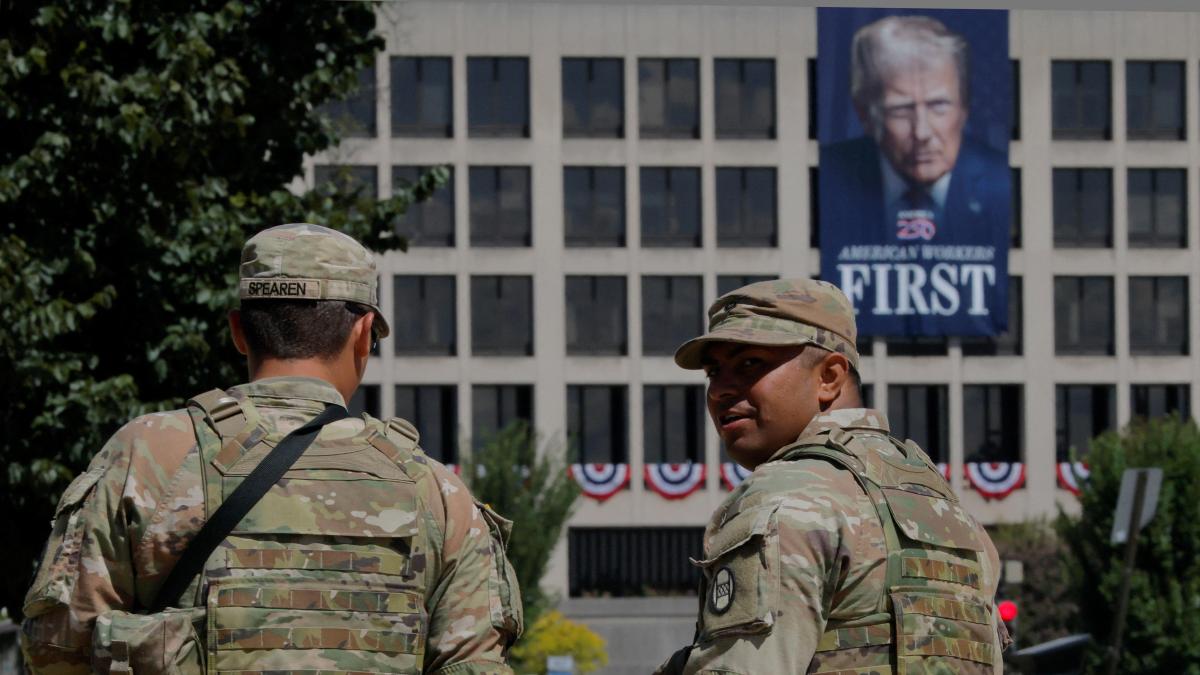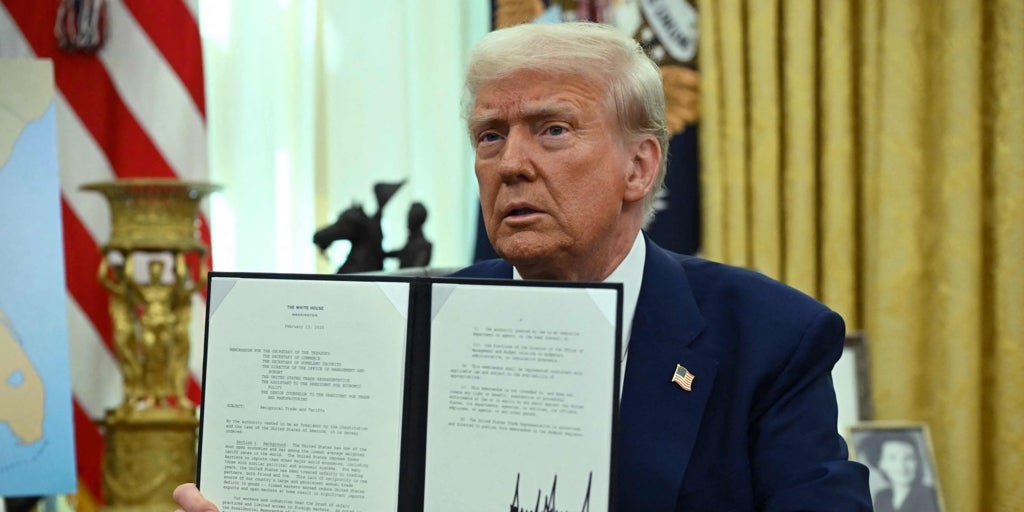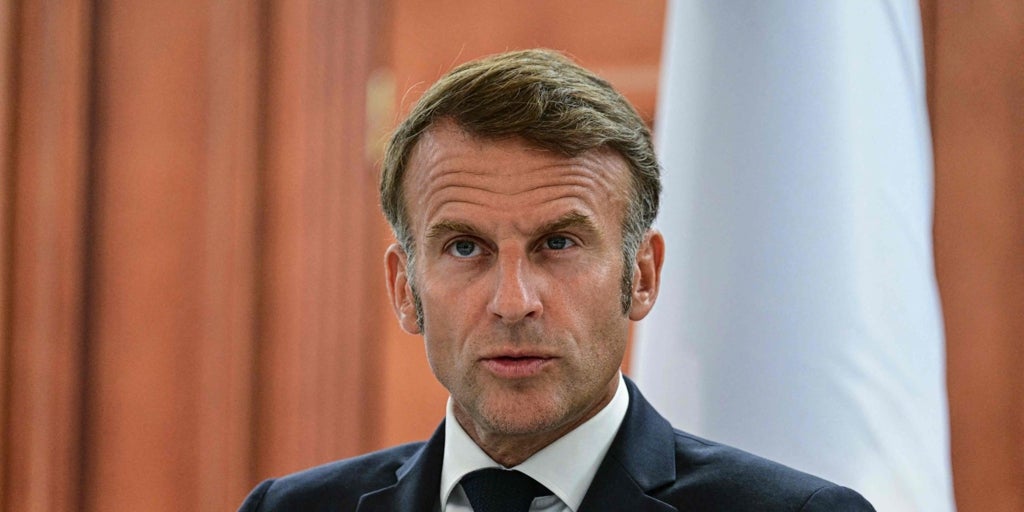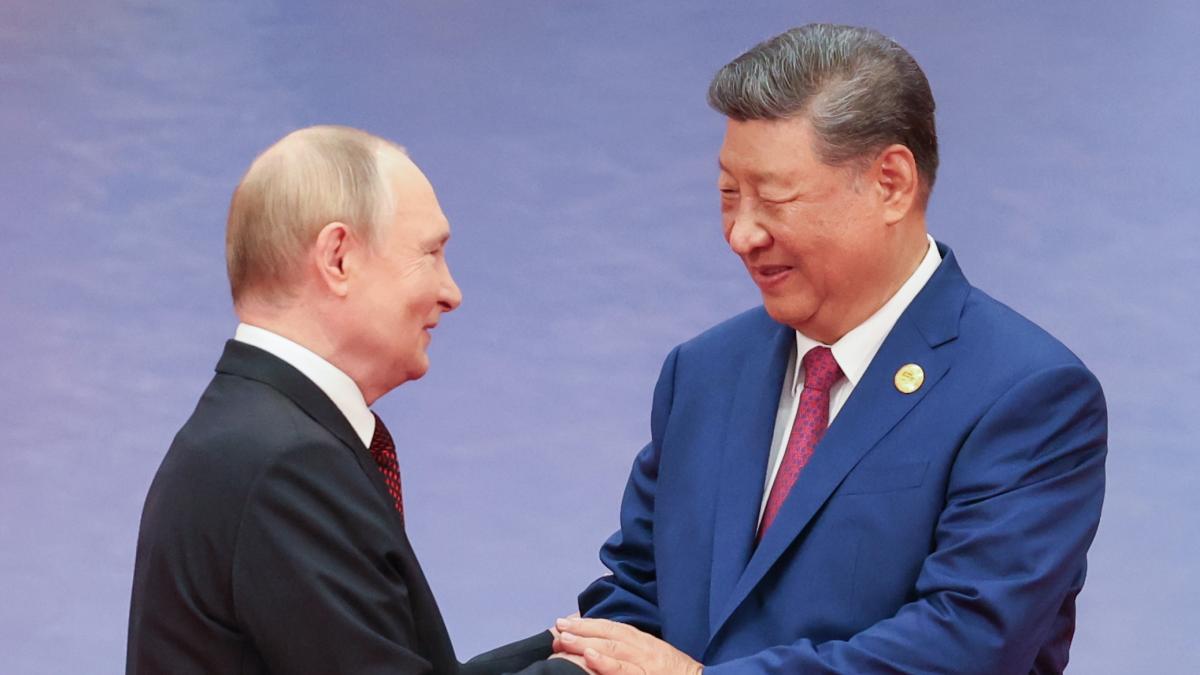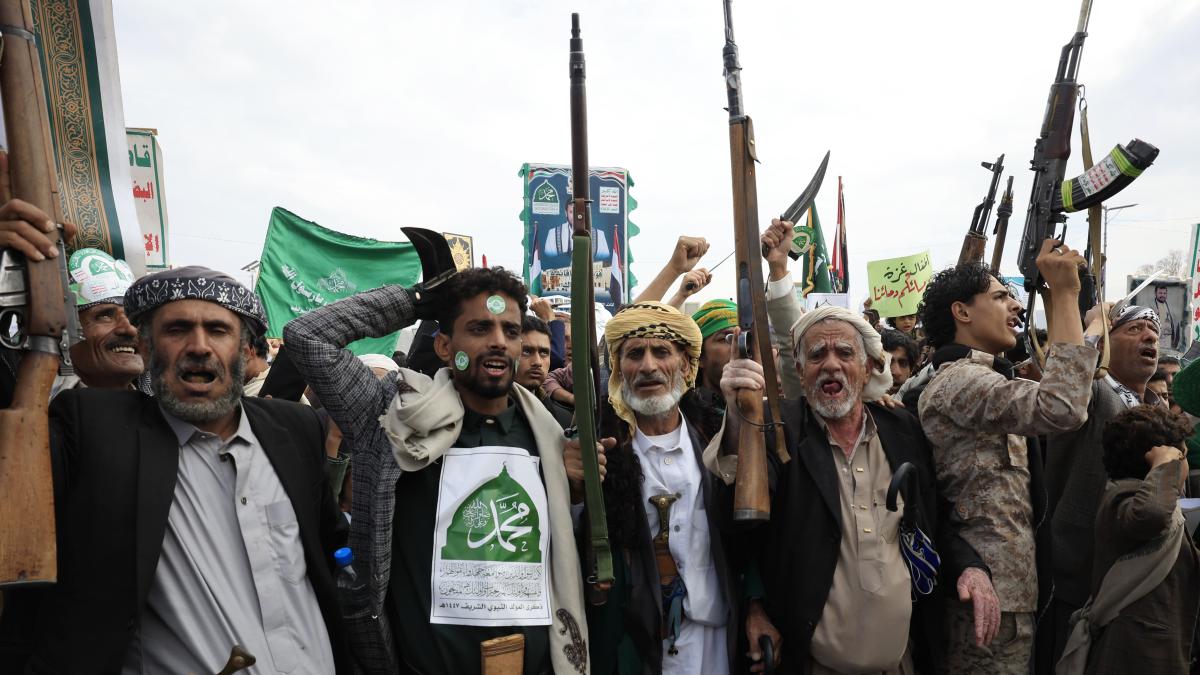## Disturbing Guidance: Berlin Police Chief’s Controversial Remarks
The recent comments made by Berlin’s Police Chief Barbara Slowik have stirred outrage and concern, presenting a stark reflection of the growing tensions surrounding issues of safety and identity in Germany’s capital. In an interview published in the *Berliner Zeitung*, Slowik advised Jewish individuals and members of the LGBTQ+ community to be “more careful” about displaying their identities in certain neighborhoods dominated by Arab residents. This declaration raises critical questions about safety, freedom, and the complex intersectionality of identity in modern urban environments.
### A Somber Acknowledgment of Rising Anti-Semitism and Homophobia
As anti-Semitic incidents have surged in Germany in recent years, particularly since the onset of the Israel-Gaza conflict, Slowik’s remarks underscore a distressing reality. She pointedly noted areas within the city where individuals expressing open Judaism—such as wearing a kippah—or displaying LGBTQ+ identities might encounter hostility. Reflecting this atmosphere, she stated, “There are areas – and we have to be honest here – where I would recommend people to have more caution.”
Slowik also went on to acknowledge the presence of terrorists and anti-Semites in some neighborhoods, highlighting an environment where open prejudice has found a worrying sense of security. “Unfortunately, there are certain neighborhoods in which the majority of people of Arab origin live who also feel sympathies for terrorist groups. There is expressed open antisemitism against people of Jewish faith and origin,” she affirmed, eliciting a sense of urgency on the need for protective measures.
### The Historical Landscape of Anti-Semitism in Germany
To grasp the gravity of Slowik’s commentary, one must contextualize it within the long and tumultuous history of anti-Semitism in Germany. From the Middle Ages, where Jews were scapegoated during the Black Death, to the Nazi Holocaust, history has borne witness to the catastrophic effects of hate and prejudice. Today, Germany’s Jewish community is undergoing a complex evolution and faces unique challenges as it grapples with a rising tide of anti-Semitism in the wake of political conflicts and societal changes.
Since 2023, reported incidents of anti-Semitism in Germany have doubled, igniting fears among communities that had hoped to find security and acceptance in a post-Holocaust era. This alarming trend reflects a broader surge of ethnically and religiously charged violence, which transcends mere numbers to reveal a deeper societal conflict.
### LGBTQ+ Community: A History of Struggles and Progress
Parallel to the plight of the Jewish community, the LGBTQ+ population in Germany has also faced harrowing struggles throughout the ages. German law previously criminalizing homosexuality laid the groundwork for severe persecution under the Nazi regime, where thousands of LGBTQ+ individuals were imprisoned or killed. The Pink Triangle has since been reclaimed as a proud emblem of resistance, but vestiges of discrimination remain.
In contemporary Berlin, once heralded as a liberatory oasis for LGBTQ+ citizens, the recent policing recommendations indicate a chilling regression. It compels an examination of how societal frameworks respond to identity in public spaces and the subsequent implications for community engagement and cohesion.
### The Go-To Place for Refugee Tensions
At the heart of Slowik’s statements lies a tumultuous interplay of identities shaped by migration and communal relationships. The demographic shifts resulting from immigration have led to the emergence of areas where cultural differences may breed suspicion and even hostility. The Arab majority in specific neighborhoods has been both a source of cultural richness and a point of contention as tensions flare over issues of identity and belonging.
As we tread into this convoluted terrain, we must consider the responsibility of authorities in fostering inclusivity rather than merely advising caution. While the state must protect its citizens, it should simultaneously mobilize against the forces that ignite hatred and division.
### Measures of Safety Vs. Freedom of Expression
Critics of Slowik’s comments posit that such guidance could incite further isolation and fear among communities already feeling beleaguered. By advising Jews and homosexuals to retreat from public expressions of identity, the message could inadvertently legitimize the fears that lead to such precautions, perpetuating a cycle of silence where visibility—a target of social justice—diminishes.
Instead of advising marginalized communities to withdraw into anonymity, one could argue that it is incumbent upon the state to condemn anti-Semitic and homophobic sentiments actively. This involves not only heightened policing measures but also educational initiatives aimed at combating ignorance and fostering mutual respect among diverse communities.
### Conclusion: The Path Forward
The worsening climate of anxiety surrounding identity politics in contemporary Germany necessitates urgent dialogue about the coexistence of communities. As authorities grapple with the increased violence against marginalized groups, the question begs: How can society harmonize its diverse inhabitants while ensuring safety for all? The challenge lies in transforming a sense of wary caution into a robust commitment to building truly inclusive communities.
As we move forward, it is imperative that the narrative shifts from fear to strength, and from caution to acceptance. Only then can all citizens feel at home in the streets of Berlin, irrespective of who they are or whom they love.
This is not merely a matter of identity, but of humanity. In standing together, we emerge resilient against the surges of hate that seek to divide us.

